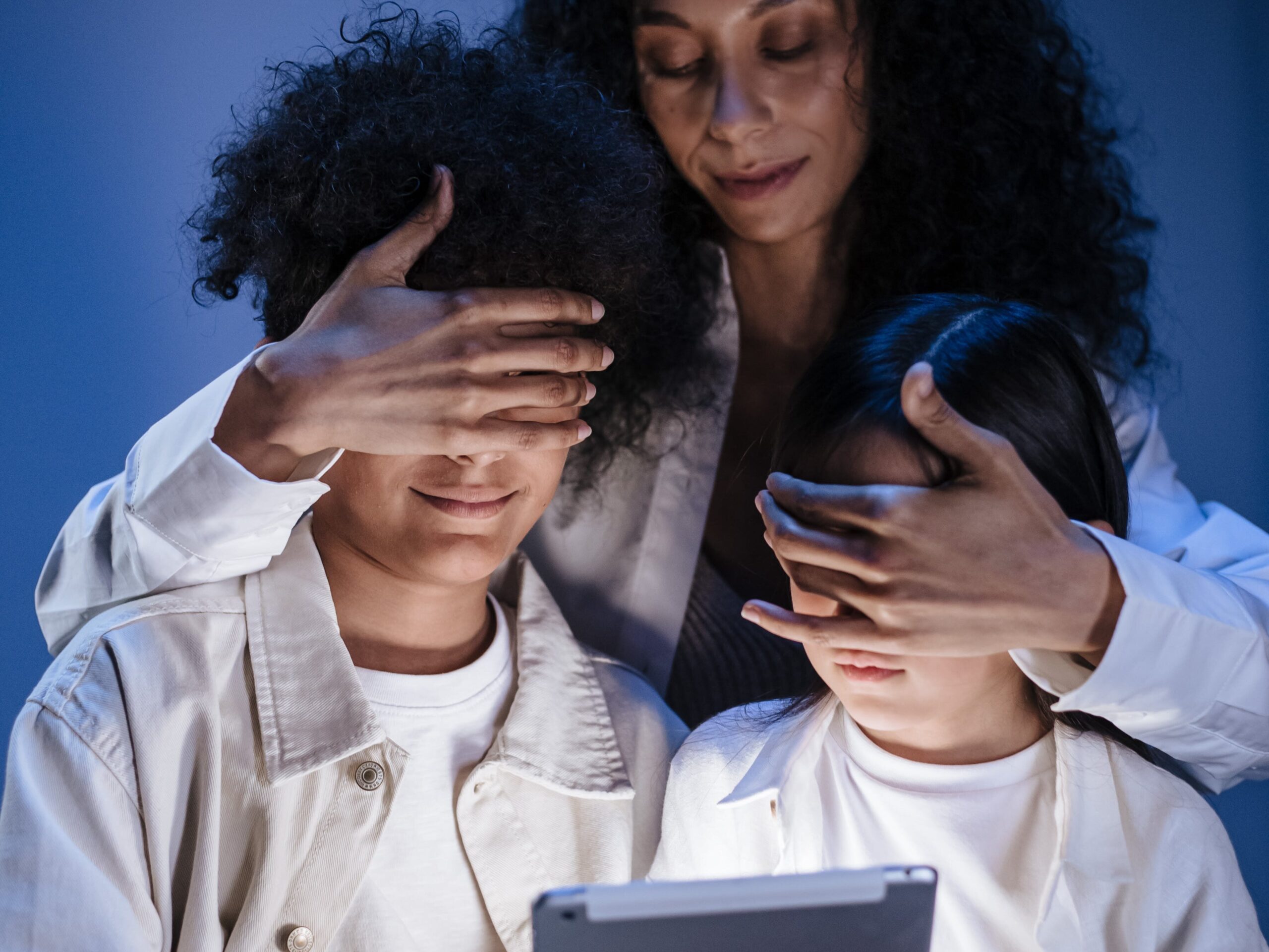How to Protect Homeschool Kids from Inappropriate Media.
As parents, we strive to create a safe and conducive learning environment for our homeschooled children. However, in today’s digital age, monitoring every piece of media our kids watch and read can be a daunting task. With an overwhelming amount of content available online, ensuring that our children are not exposed to inappropriate or harmful material can feel like an uphill battle. In this blog post, we will explore the challenges of monitoring media consumption, and provide effective strategies to protect and safeguard your homeschool kids from inappropriate media.
Open Communication and Education
One of the fundamental steps in protecting your children from inappropriate media is establishing open lines of communication. Talk to your kids about the potential dangers and explain the importance of responsible media consumption. Educate them about the risks, such as cyberbullying, explicit content, and online predators. Encourage them to approach you if they come across anything that makes them uncomfortable or if they have questions.
Set Clear Guidelines and Boundaries
Establishing clear guidelines and boundaries is crucial in maintaining a healthy media environment for your homeschooling kids. Create a family media plan that outlines when and how media can be used. Set age-appropriate limits on screen time and establish tech-free zones or times during the day. Encourage your children to spend time on other activities, such as reading books, engaging in physical exercise, or pursuing hobbies. Here is a list of 102 life skills they can learn instead of spending time on the computer.

Utilize Parental Controls and Filtering Software
Leverage the power of parental controls and filtering software to restrict access to inappropriate content. These tools allow you to block or filter specific websites, set up age-appropriate content filters, and monitor online activities. Take advantage of built-in parental controls on devices, internet routers, and popular streaming platforms. Additionally, explore third-party software solutions that provide comprehensive monitoring and filtering features. You can use apps like Bark, to help monitor content and interactions. Also, Google Chrome, YouTube, and cell phone companies all offer these services as customers.
Engage in Media Co-viewing
Engaging in media co-viewing is an effective strategy to ensure your homeschooling kids are exposed to suitable content. Watch movies, TV shows, or documentaries together as a family. This allows you to be aware of the media your children are consuming and provides an opportunity for discussion. Use these moments to highlight positive values, critical thinking, and media literacy skills. You can use sights like Common Sense Media to get reviews before reading or viewing the content.
Regularly Review and Update Media Choices
Regularly reviewing and updating the media choices available to your homeschooling kids is essential. Stay informed about the latest trends, popular apps, and social media platforms. Research and vet media options before introducing them to your children. Read reviews, consult trusted sources, and consider using websites or apps that curate educational and age-appropriate content. Monitor content ratings and user reviews to ensure appropriateness.
Foster Digital Literacy and Critical Thinking
Empower your homeschooling children with digital literacy skills and critical thinking abilities. Teach them how to evaluate online information for credibility, distinguish between reliable and unreliable sources, and question the authenticity of content. Encourage them to think critically about the messages portrayed in media and to understand the potential biases and hidden agendas behind certain media productions.
Protecting Homeschool Kids from Inappropriate Media Conclusion
Protecting your homeschool kids from inappropriate media can be a challenging task, but by implementing these strategies, you can create a safer digital environment for them. Remember to maintain open lines of communication, set clear guidelines and boundaries, utilize parental controls and filtering software, engage in media co-viewing, regularly review and update media choices, and foster digital literacy and critical thinking skills. By combining these strategies with your love, guidance, and involvement, you can help your children navigate the digital maze and make responsible media choices.

